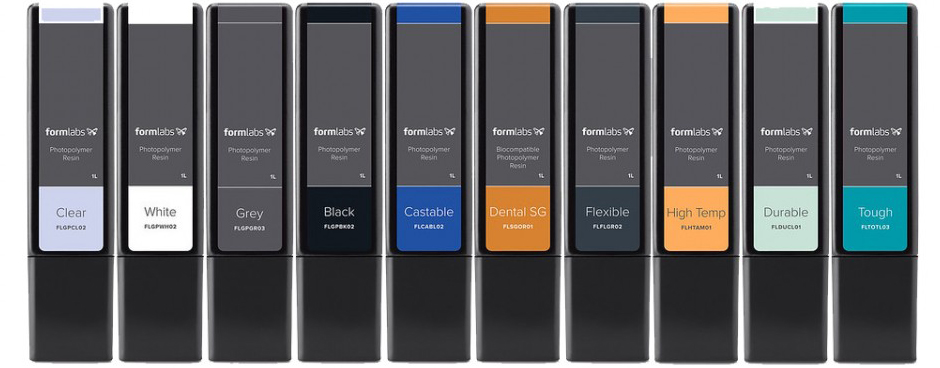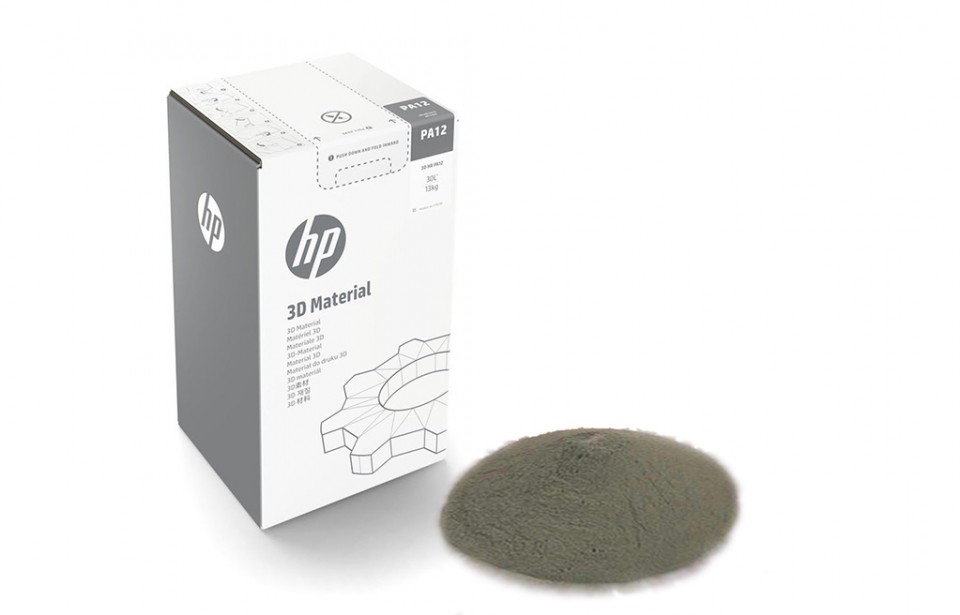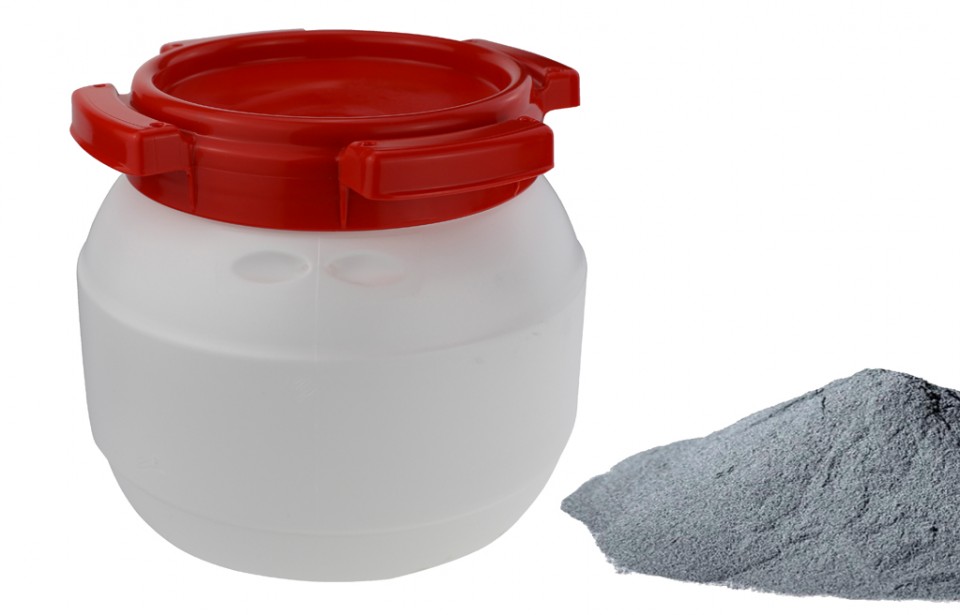Materials for 3D print
Print materials vary by printing method. Thermoplastic strings are used for FDM, for SLA light sensitive resins, for MJF polyamide powder and SLM fine powder of metal. These individual categories further differ in their physical properties and the quality of the printed surface.
Fused Deposition
Welding of thermoplastic strings
Stereo litography
Curing of the photosensitive resin
Multi Jet Fusion
Sintering of polyamide powder
Laser Sintering
Laser sintering of metal powder
FDM (Fused Deposition Modeling)
Very inexpensive and efficient 3D printing technology based on the principle of gradual application of thin layers of thermoplastic wire.
We print:
- PLA - Small and large parts without the need for surface treatment and temperature resistance
- PET - Small and large strength parts with the need for surface treatment and increased temperature resistance
- ABS - Small and medium-sized strength parts with the need for surface treatment and high temperature resistance
- Nylon - Small and medium sized industrial parts
The physical properties of these materials can be found in our material catalog below.
SLA (StereoLithography Apparatus)
It is based on a very precise lightening of the light-sensitive resin. The laser beam shines into the light-sensitive resin reservoir, where the resin will solidify. The part is attached to a print pad that slowly rises out of the reservoir to create a space for shining through the other layers of the part being formed.
We print:
- Clear - Very precise smaller parts with high quality surface without increased strength and temperature resistance
- White - Very precise smaller parts with high quality surface without increased strength and temperature resistance
- Grey - Very precise smaller parts with high quality surface without increased strength and temperature resistance
- Black - Very precise smaller parts with high quality surface without increased strength and temperature resistance
- Durable - Technical parts with higher impact strength similar to PP (Polypropylene)
- Tough - Higher-strength technical parts similar to ABS
- Hi-Temp - Heat resistant parts
- Pro - Function parts and master models
The physical properties of these materials can be found in our material catalog below.
MJF (Multi Jet Fusion)
HP patented technology. An agent is added to the polyamide powder to sinter the powder after UV light. In this way, a layer after layer of very solid PA12 is printed. With this technology we print relatively cheap and very strong plastic shells.
We print:
- PA12 - very strong material resistant to most chemicals
- PA12 GB - PA12 filled with glass balls for cheaper production
The physical properties of these materials can be found in our material catalog below.
SLM (Selective Laser Melting)
The machine is applied a thin layer of powder on the printing surface, the laser melts the material where it should be the final part and the machine re-apply another layer of powder. This technology can produce both plastic and metal parts. We offer this technology for metal printing.
We print:
- 316L-0407 - Low carbon austenitic stainless steel with 16 - 18% chromium content
The physical properties of the stainless steel material can be found in our material catalog below.
The physical properties of all materials can be found in our material catalog:



